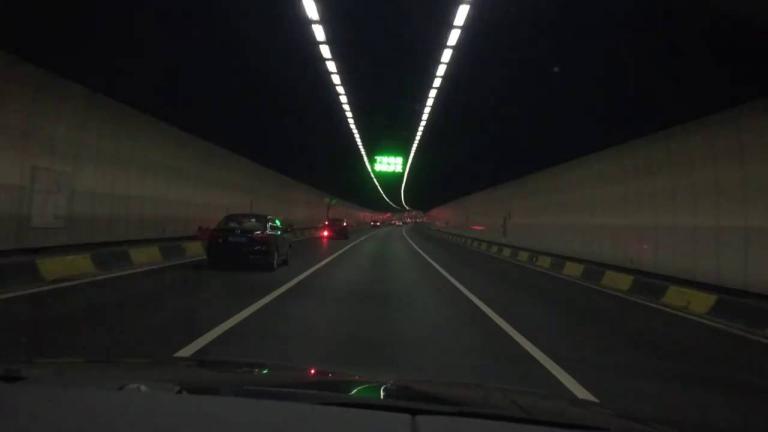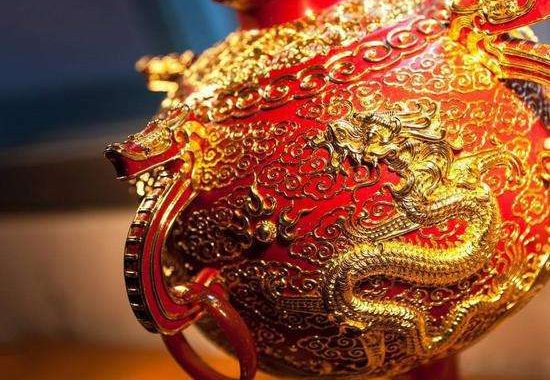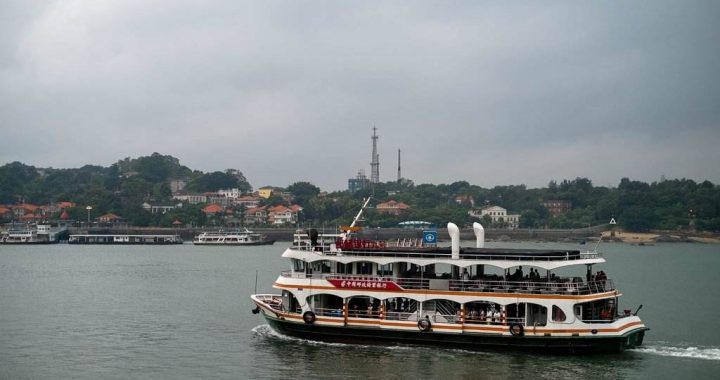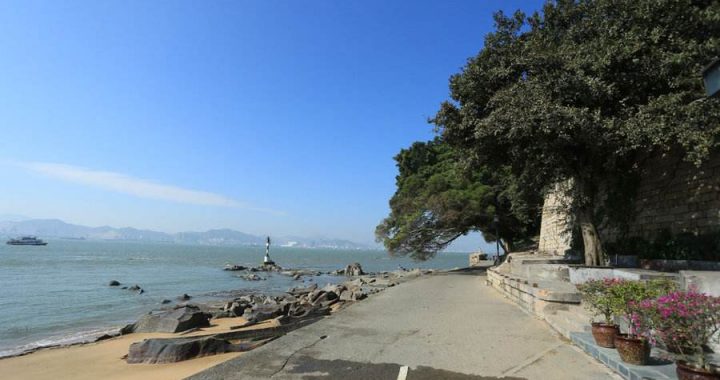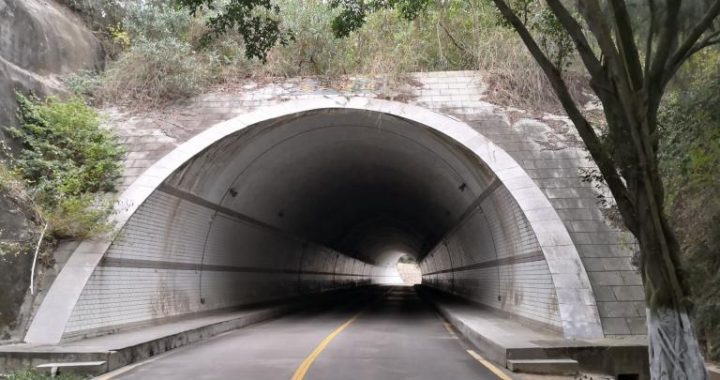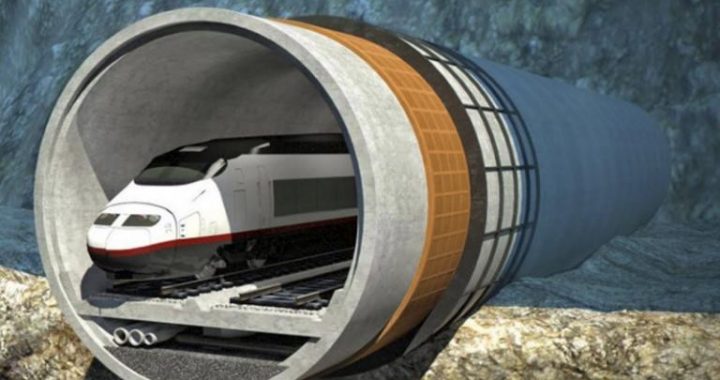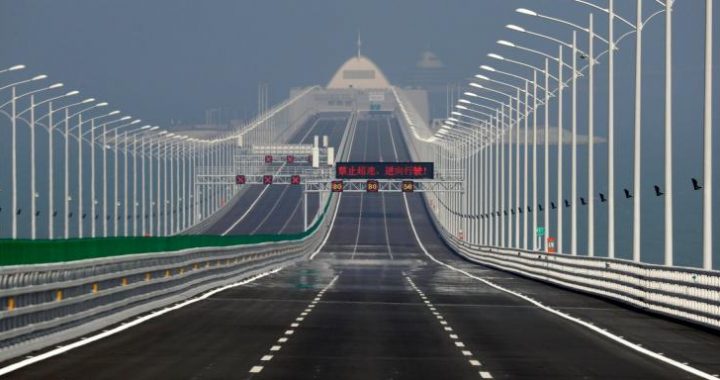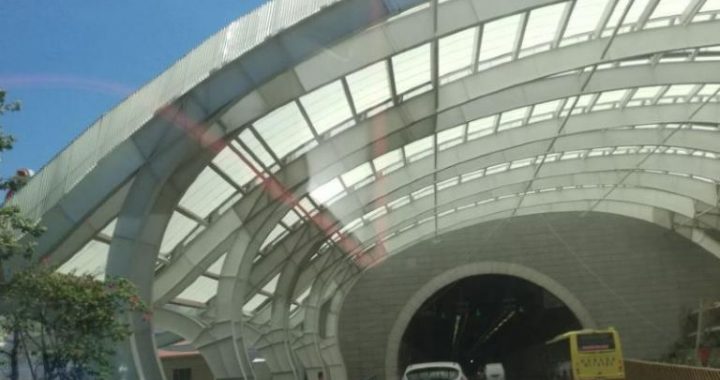Upgrading Fire Facilities and Perfecting Tunnel Management Method of Xiang’an Tunnel
4 min readAs China’s first undersea tunnel, the operation experience of Xiangan Tunnel was valuable experience for the future.
Fire would the worst accident to occur in the tunnel because, first, the smoke cannot be discharged in a timely manner, and, second, the temperature in the middle of the fire would be extremely high, so the fire would be difficult to extinguish. Therefore fire-fighting equipment in the tunnel was essential. The most critical tunnel extinguishment protection was also tested after operation. In July and December of 2011, there were two accidents involving vehicles spontaneously combusting.
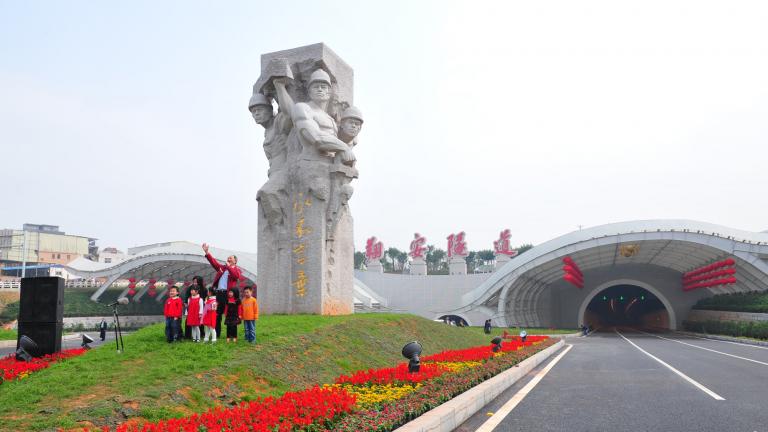
The automatic sprinkler systems were set every 25 meters on the left side of the Xiang’ an Tunnel on each driving side. They were the world’s most advanced fire-fighting facilities. The Foam-Water spray combination extinguishing system has 482 foam spray control valves,3,374 tunnel dedicated AFFF nozzles, and 12,800 m of water supply main pipe. This high-end fire system has also been upgraded after the accident.
Four major transformations were carried out in the Xiang’ an Tunnel’s fire-fighting facilities.
Improvement One: sprays on the right channel were strengthened.
The original spray devices concentrated on the left side of the tunnel, with the two-sprinkler design. But in the actual operation, they found there was shed curve of the spray, so there was insufficient water in the rightmost channel.
To overcome this defect, the technical staff added a water pipe on the top of the tunnel that extends to the top of the right channel, and installed a new single nozzle to deal with the right channel, forming a bilateral sprinkler system. This system has been tested with good results. Even if there was large concrete pump truck on the lane, it could also achieve full coverage. After this transformation, the total number of nozzles in the Xiang’ an Tunnel reached nearly 5,000.
Improvement Two: alarm facilities and fire extinguishers were added.
How do you inform the drivers and passengers as soon as there is a fire in the tunnel? In the two spontaneous combustion accidents, the staff found that, many drivers and passengers couldn’t see the information board inside the tunnel, and they just drove all the way to the accident scene. To this end, the construction side specially designed the LED induction alarm facilities.

The LED induction lights were set in the wall on the right side of the channel every 50 meters.A set of LED induction lights was installed on the information board. The drivers passing through the Xiang’ an Tunnel should pay attention in the future, since the flickering of these LED induction lights means there is accident in the tunnel.
As the interior of the tunnel is a shielded space, the common intercom system cannot work inside it. Even if there was cell phone signal, it couldn’t provide multiple caller functionality, which was inconvenient for understanding the accident. To this end, the management intended to add a dedicated intercom launch system.
Improvement Four: sensitivity of the sensing devices was adjusted
The sensitivity of the sensing devices had been improved. The temperature in the tunnel maintains 30 degrees Celsius all year round, so the sensing device alarm was set to be initiated at 50 degrees Celsius. If the temperature increases 5 degrees Celsius within a very short time, the alarm device will be initiated as well.Moreover,the zoom function was added to the current cameras to enlarge the images,which was convenient for the staff to detect a fire.
In addition,the function of identifying other traffic conditions was added to the cameras,such as traffic jams.The camera will automatically recognize the situation,and transfer the image to the main screen to draw the attention of the staff.
Meanwhile,the fire extinguishing system was added in the control room.The main function of this system was to set the switch in the control room,so the staff can directly control the 482-spray valves.When a fire occurs,the staff could press the corresponding switch of the valve to start the sprinklers immediately.
In August 2012,two years after the opening of Xiangan Tunnel,large trucks were forbidden in the tunnel.When a large truck loses control,it would swerve right and left inside the tunnel bumping into things.For example,in an accident on July 13,2012,the decorative panels were wrinkled and torn down like paper.
According to statistics,before the large trucks were forbidden in the tunnel,about 2,000 large trucks passed through the tunnel every day.Xiangan Tunnel is located 70 meters below the sea level,shaped as a huge”V”.After the vehicles enter the tunnel,they have to go downhill and then uphill.When the large trucks go downhill,they have huge inertia.When they naturally accelerate on the downhill,their speeds can reach 60-80 km/h,which can easily cause accidents.During the uphill,their speed slows down to about 46 km/h.Sometimes there were 5-6 large trucks passing through the tunnel at the same time,so they would block the lanes.If there was an accident,with large trucks blocking the way,the vehicles and people in the tunnel could not be quickly evacuated.
Meanwhile,the exhaust emitted by the large trucks during their uphill section caused trouble for the maintenance of the tunnel.Although there were a number of exhaust systems in the tunnel,the exhaust of the overloaded vehicles was so dense that it could blacken the walls and ceiling of the tunnel,and cause a potential safety hazard.Once,a car accident caused traffic jams in the tunnel.Some people had to walk several kilometers in the tunnel.When they encountered the large trucks,they were almost dizzy because of the exhaust fumes.
For these reasons,in mid-August 2012,Xiangan Tunnel prohibited large trucks from passing through the tunnel.They could go in and out the island using the Xinglin Bridge and Xiamen Bridge through Haixiang Road.
